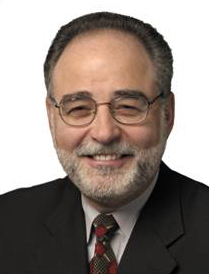Clinical research site staff report communication, protocols, and monitors as the three most critical aspects of successful relationships with their CRO and sponsor research partners, according to new data from a collaborative research study by ACRP and CRO Analytics.
In a survey of nearly 300 clinical research sites, the majority of respondents listed these three aspects of clinical trials as most critical to fostering positive relationships between sites, sponsors, and CROs.
Using a predictive modeling methodology, CRO Analytics found that communication is viewed by sites as the single most important factor in clinical trial quality.

Anthony (Tony) Busa, President and CEO of Meridian Research Inc.
“Frequent and open communication between sites, sponsors, and CROs is critical to the success of a clinical trial,” says Anthony (Tony) Busa, President and CEO of Meridian Research Inc., a Florida-based site network with five privately owned research facilities. “When there is good bi-directional communication, sponsors and CROs can learn about potentially troubling issues with a study in time to address them. From a site’s perspective, if a sponsor is engaged we feel their concern for the study and we also tend to pay more attention to a study if we know the sponsor is actively involved.”
Communication builds relationships, and Busa notes that he’s seen a direct correlation between successful studies and strong relationships between sponsors, CROs, and sites.
“Good ongoing communication will also yield good long-term relationships, which can ultimately benefit a drug’s overall development program,” Busa says. “Sites want to perform well on each and every study, and the stronger the relationship between the sponsor, CRO, and site the greater the potential for a successful study program.”
This new research for the first time confirms those aspects of clinical trials that sites believe are most critical to successful site relationships and how their CRO and sponsor research partners are performing on those items.
Complete study results, including how sites compare the performance of sponsors and CROs, will be presented April 16 at the ACRP Executive Summit on Site Strategies during the ACRP 2016 Meeting & Expo.
Learn More
For more information about the ACRP 2016 Meeting & Expo, please visit www.acrp2016.org. For more information about the ACRP Executive Summit on Site Strategies, please contact Arminda Valles-Hall at avalles-hall@acrpnet.org.
To learn more about Site Voice, please visit www.croanalytics.com, or see the ACRP, CRO Analytics March 21 joint press release.







